|
Institute of Computer Science
Pattern Recognition and Bioinformatics
|
|
|
Mosaic Images
Mosaic images are an efficient formalism to compactly represent image sequence
data acquired with active cameras. Based on the observation that image sequences
usually contain large fractions of redundant information due to image overlap
the key idea of mosaicing is to eliminate these redundancies by merging all
images into one single frame yielding the mosaic image with a
significantly reduced data volume.
Below, some images out of 689 of an example sequence and the resulting mosaic are shown. The mosaic solely includes static scene parts while
independently moving objects, like the person, have been removed to be represented seperately.







The group works on different aspects of mosaicing which deal with the various
tasks to be solved when generating a mosaic from a given sequence:
- feature-based and feature-less image registration techniques
- online- and offline registration
- registration quality assessment
- image integration heuristics
- zooming & multi-resolution data
- handling of independent movements in registration and integration
- extraction of dynamic data in terms of trajectories
One main area of research is the development of data structures to adequately
represent image data acquired with cameras of different degrees of freedom:
- Stationary, rotating & zooming cameras: Multi-Mosaics
For image sequences acquired with such cameras a new kind of mosaic images
was investigated called multi-mosaics. The key idea is to use
polytopial coordinate frames rather than spheres which are usually used in
such a context. The main advantage of polytopes are the piecewise
euclidean coordinate frames enabling the direct application of
conventional image analysis techniques while at the same time minimizing
distortions. Some example multi-mosaics can be found here.
- Translating cameras: Manifold Mosaic
For such sequence data processing strategies and representations are
investigated that are based on manifold-mosaics among others
developed by Peleg et al. Since translations in 3D space cannot be
described by a single closed-form mathematical equation, the manifold
approach aims at combining 2D and 3D reconstructions and represents the
sequences by projecting the data onto ''appropriate'' manifolds in 3D
space (e.g., tracing the camera trajectory).
Apart from topics directly related to the generation and representation of the
different kinds of mosaic images the group also aims at using the
representations in different areas of applications, e.g. in
human-machine-interaction. The multi-mosaics have been used as some kind of
visual memory in a multi-modal mobile robot. Additionally, active scene
exploration tasks where solved adopting the new data structure. The manifold
mosaics are mainly supposed to be used for robot navigation, however, may also
be combined with the multi-mosaics to yield an integrated iconic representation
of a scene explored by a mobile robot.
Over the years an integrated software package written in C++ emerged suitable
for image (sequence) processing. It contains basic datatypes and operators for
image analysis and processing. An early version of this architecture called AViSMo (Architecture
for a Visual Scene Memory based on Mosaics, developed 2001-2003) is described
here.
Meanwhile the package (which is now called ToPAs - Toolbox for
Processing and Analyzing ImageS) was significantly extended and now also includes algorithms
for generating the different kinds of mosaics mentioned above,
e.g. multi-mosaics and manifold mosaics. Additionally image processing routines
have been added that aren't directly related to mosaicing and, thus, enhance the software
towards an universal library for image processing and analysis in general.
More Information...
Related publications can be found on the groups'
publications page.
If you desire further information or if you have any questions please
contact:
- Dr. Birgit Möller (birgit.moeller@informatik.uni-halle.de)
- Prof. Dr. Stefan Posch (stefan.posch@informatik.uni-halle.de)








